Behold The Mighty Ferrari F80, Packing 1,200 Horsepower From A Twin-Turbo Hybrid V6
The second chapter in the present-day Holy Trinity of hypercars is here, and it means BUSINESS.

In the year 2027, Ferrari will celebrate its 80th anniversary, and it has just released its mindblowing birthday gift to itself; the all-new Ferrari F80. This follows the bloodline that started with the 288 GTO which evolved into the F40 and F50 for the brand’s 40th and 50th anniversaries respectively. Then came the Enzo, dropping the numbered name for Ferrari’s poster boy in favour of ‘Il Commendatore’s’ first name. Then came the LaFerrari, and now the F80, with which we return to numbers again. And numbers it brings to the table in boatloads as it packs no less than 1,200 horsepower!
Just a week ago we showed you McLaren’s all-new W1 hypercar as the successor to the mighty P1 and the first entry into the hypercar Holy Trinity. Now Ferrari enters the mix with the dramatic F80, and it’s likely only a matter of time before Porsche joins the fray too with its latest-and-greatest masterpiece. Although we’ve yet to see what’s cooking in Stuttgart, I can talk you through the F80 in detail, and I will! And just for the fun of it, I will try and compare it to its rival from the UK in the process.
What immediately stands out is the fact the new F80 does not have a hair-raising V12 in the back, but a turbocharged V6 hybrid instead. While that might sound a touch disappointing at first, learning that it’s based on the engine of the double-Le-Mans-Winning 499P more than makes up for it! That also means it’s smaller and lighter than any V12 Ferrari has on offer right now. The V6 produces almost 900bhp on its own but is coupled to a series of electric motors, two of which are fitted to the turbos to make them spool up faster. There are also e-motors on the front axle, and one more on the rear axle, resulting in a total power output of no less than 1,200 horsepower. All that grunt is divided between all four wheels, immediately one-upping the rear-wheel-drive-only McLaren W1.
In terms of performance, the F80 also has the upper hand over its British rival, as the zero-to-100kph takes an insane 2.15 seconds, against the 2.7 seconds of the W1. The 200kph mark is passed a tenth quicker than the McLaren and from then on, the W1 should catch the Ferrari F80 on the run to the 350kph top speed both claim to have. On paper that is, as it all relies on the conditions and the ability to actually put all that power down. And we know how close the P1, LaFerrari and 918 Spyder were in reality! The proof will be in the pudding though, as neither of the two has been put through their paces side by side yet.
But all that power is nothing without control, and Ferrari has worked its proverbial magic to make the F80 the greatest thing to ever come out of the factory in Maranello. Front to back, the F80 has a laser-sharp focus on aerodynamics (where have we seen that before?) and it puts up a more than decent fight. The F80 makes 1,050kgs of downforce at 250kph/155mph. Underneath, it’s a labyrinth of bargeboards, moveable flaps and a massive diffuser (the largest in the industry, according to Ferrari). On the outside, it’s a huge front splitter, plenty of ducts and vents and a monstrous rear wing that adjusts itself to the level and angle that’s needed. So in essence, it uses all of the cutting-edge hypercar tricks in the game.
The overall styling though is… rather dramatic, I would say. The first thing that stands out is how flat the car actually looks! Then you’ll notice styling elements like the blackened blade in the nose carried over from the Dodici Cilindri and the oversized Naca-style ducts (called Impluvium) that cut from the side of the door into the rear bodywork. Not sure how I feel about those yet, but they surely serve a purpose beyond just looking cool. The engine is hidden from sight underneath a louvered cover but open that up and you’re greeted by parts of the in-board rear suspension system and carbon fibre structures. Just behind it, you can see elements of the exhaust system made from Inconel, a material widely used in Formula 1 for its extreme temperature resistance. The engine breaths out through a large central exhaust exit.
Two butterfly doors that move up and forward give way to the purposeful cabin. You’ll notice perhaps, that the passenger seat is moved back a little compared to the driver’s seat, thanks to an asymmetrical carbon tub. This means the frontal area of the cabin can be 50mm narrower, compared to a pure side-by-side seating position, benefitting the flow of air over and alongside the top of the car. The driver’s seat is adjustable forwards and backwards, with the squared-off steering wheel and pedals being adjustable as well, while the passenger seat is fixed in place. All controls are angled towards the one in charge, with toggles and switches both on the steering wheel and on either side. The digital instrument panel has various settings, depending on the driver’s needs. Ferrari’s famous Mannetino switch on the right lets you choose between a range of modes (Wet – Sport – Race – CT Off – ESC Off) with three more modes for the powertrain on the left (Hybrid – Performance – Qualify).
It’s not every day we get treated to a completely new Ferrari, and this year we’ve had two already! And it must be said, with each one it seems they can’t improve anymore yet the engineering masterminds always find a way to raise the bar. And with the F80, they definitely have raised that bar, as it’s two seconds faster around Ferrari’s own Fiorano test track than the SF90 Stradale and a whipping 4.4 seconds quicker than the LaFerrari!
The Ferrari F80 will cost future owners a gargantuan sum of money, as it has a starting price of EUR 3,600,000. That means the McLaren W1 is a billionaire’s bargain, costing approximately 1.5 million less. Only 799 will be built, double the number of the W1, and surely each one will find an owner without any issues. All this does raise a question though; when is Porsche joining the Holy Trinity again, and what will they bring to the table? Surely it must be something spectacular, both technically and aesthetically if it wants to go toe-to-toe with the new super-athletes from Woking and Maranello!
For more information, please visit Ferrari.com.
Editorial note: All images and information used for this article are sourced from and used with permission of Ferrari S.p.A. unless stated otherwise.

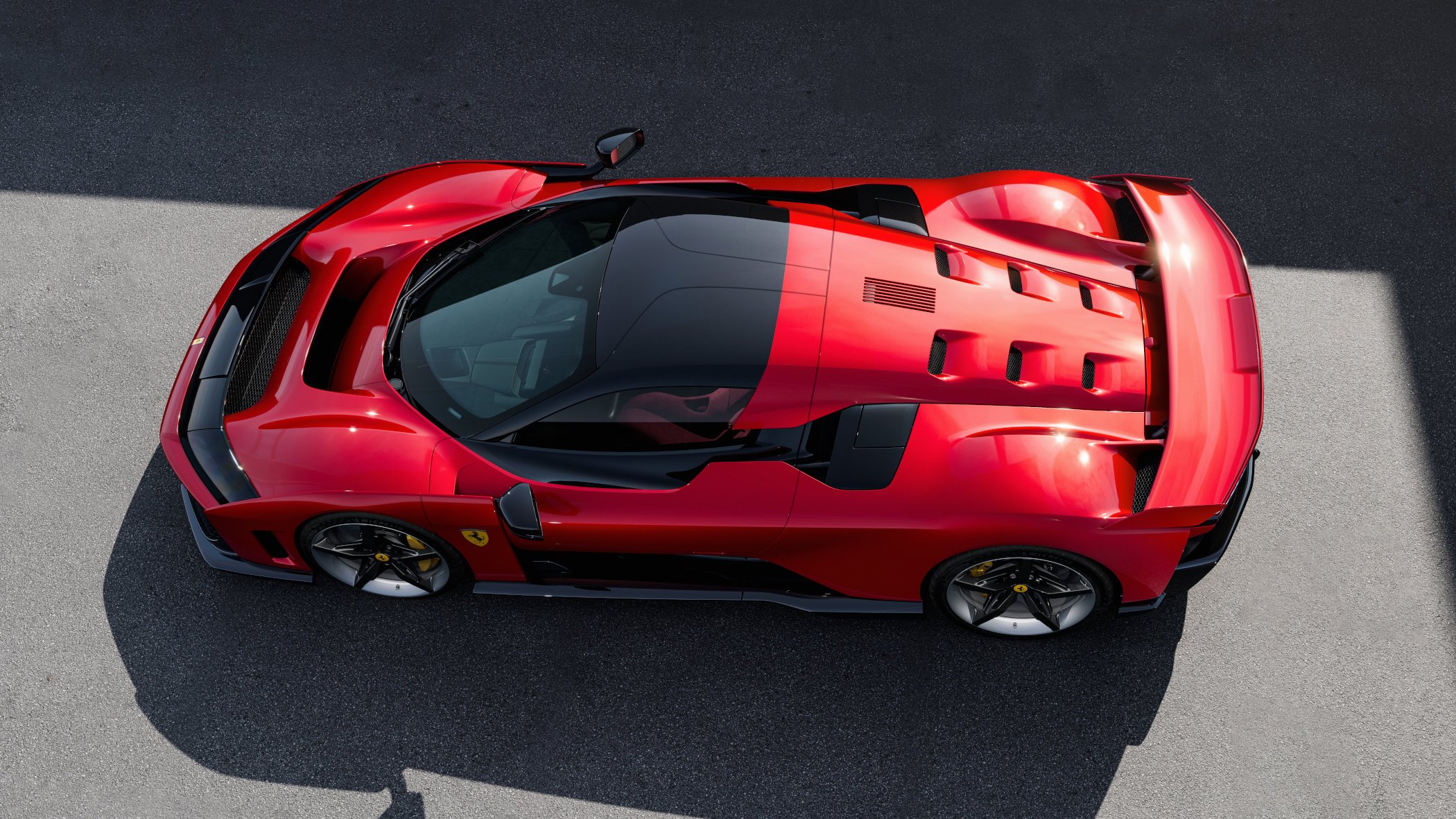
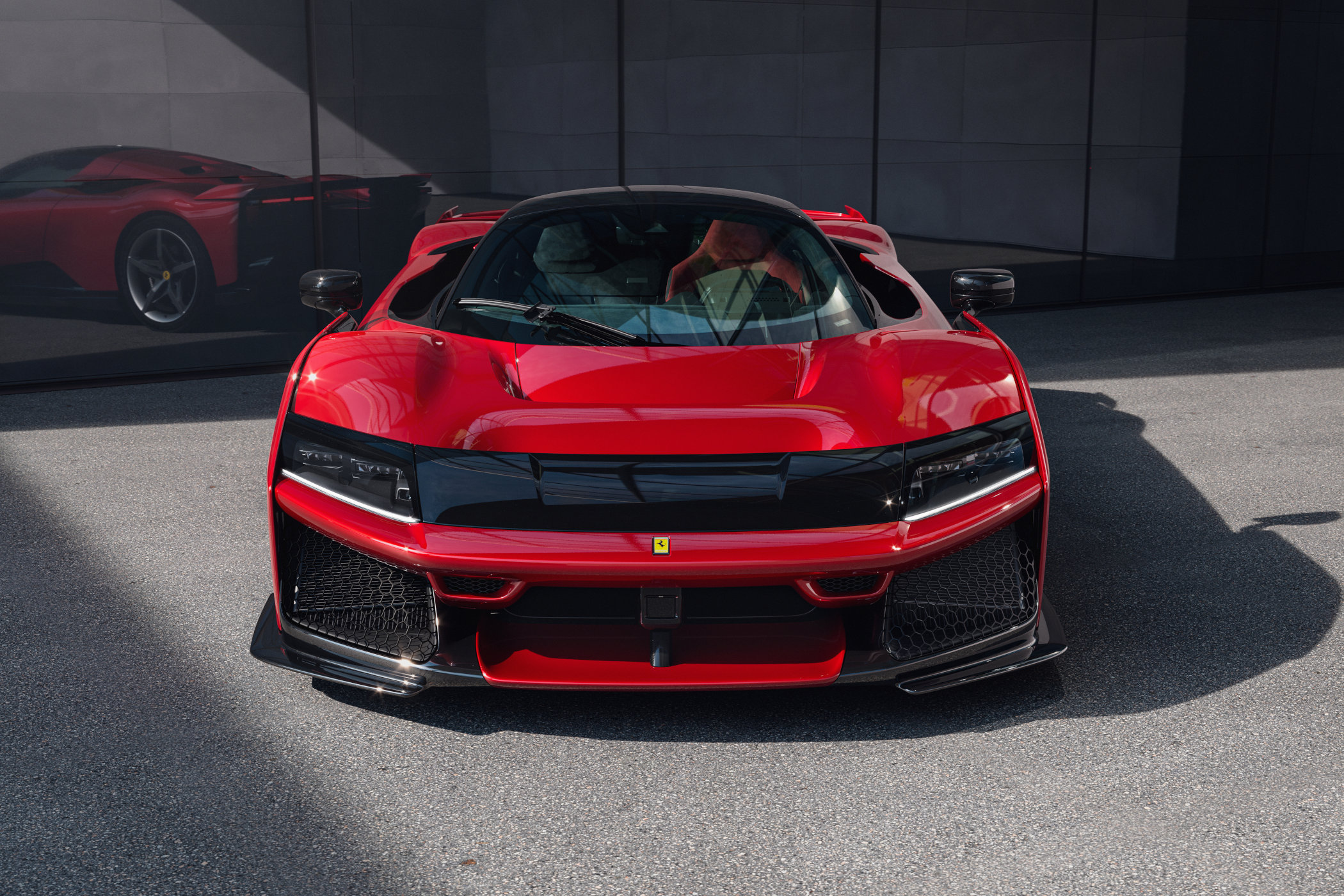
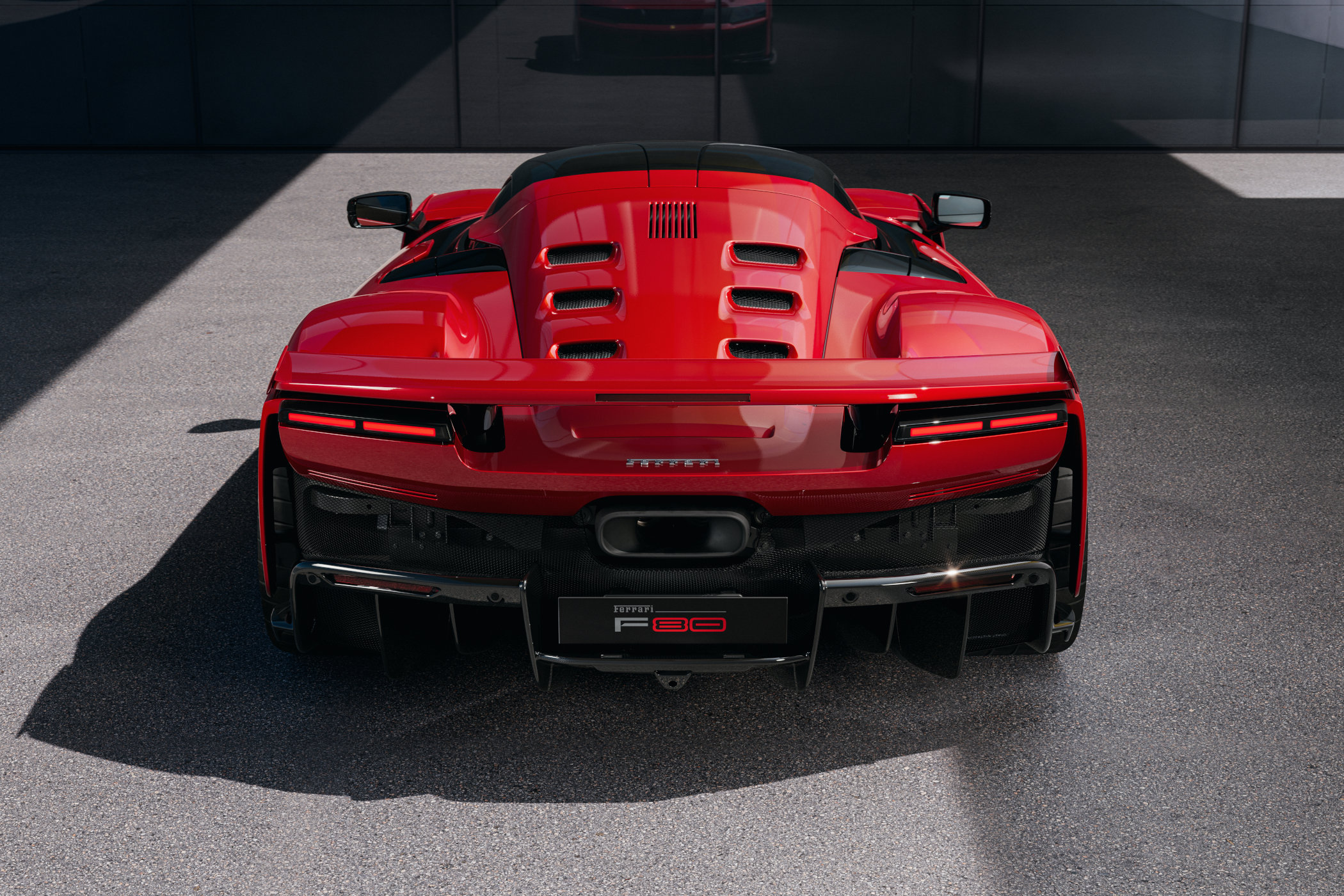
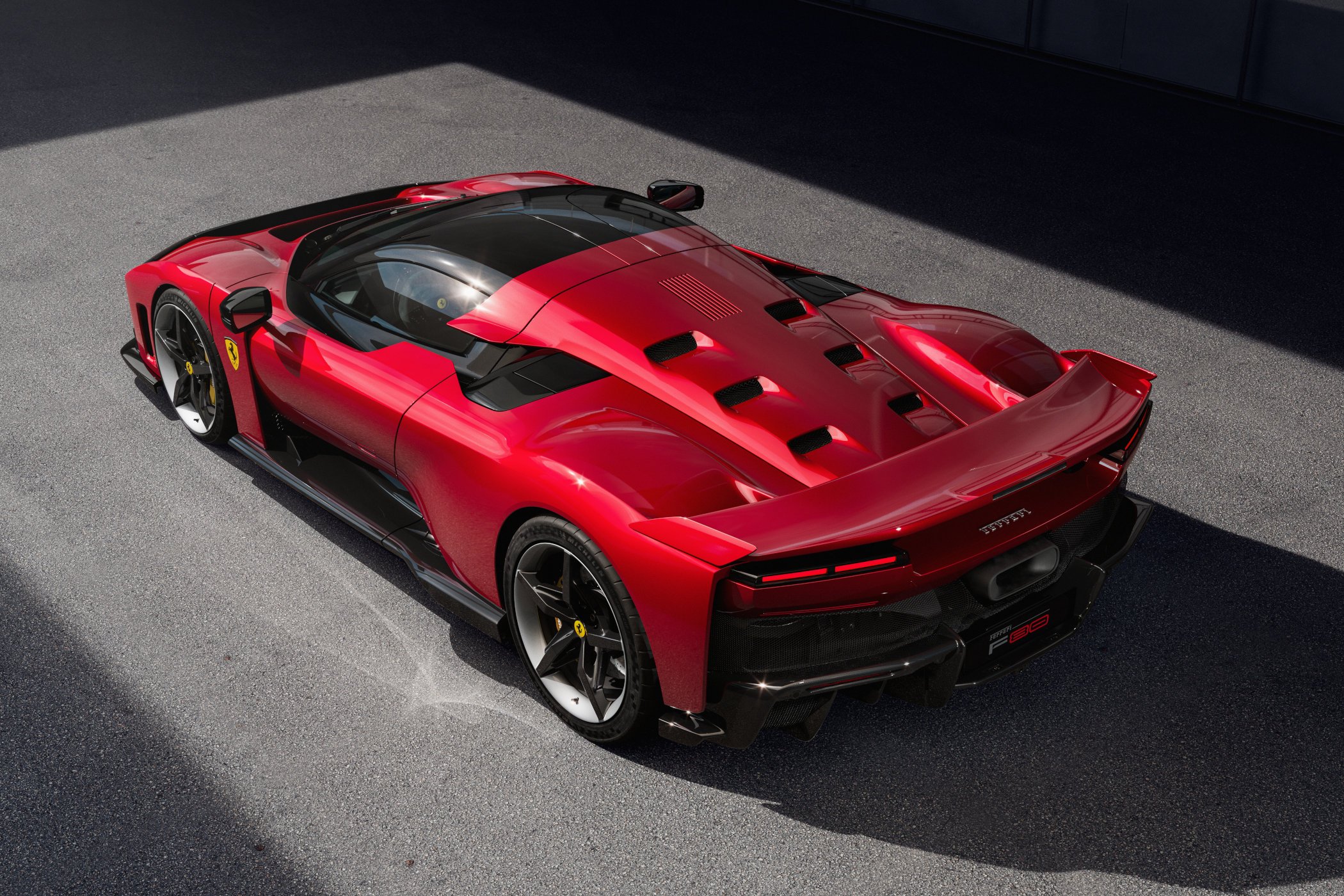


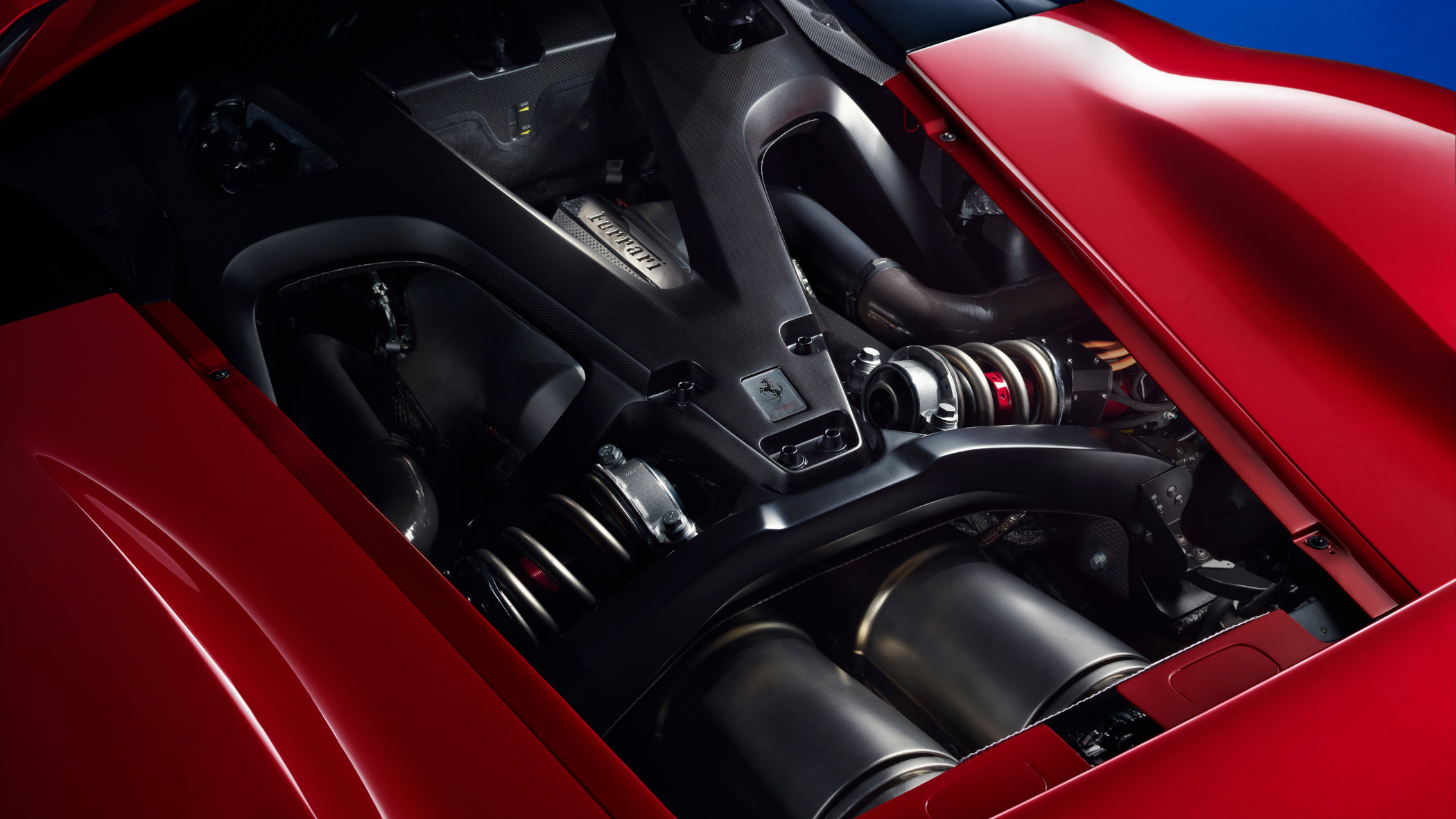

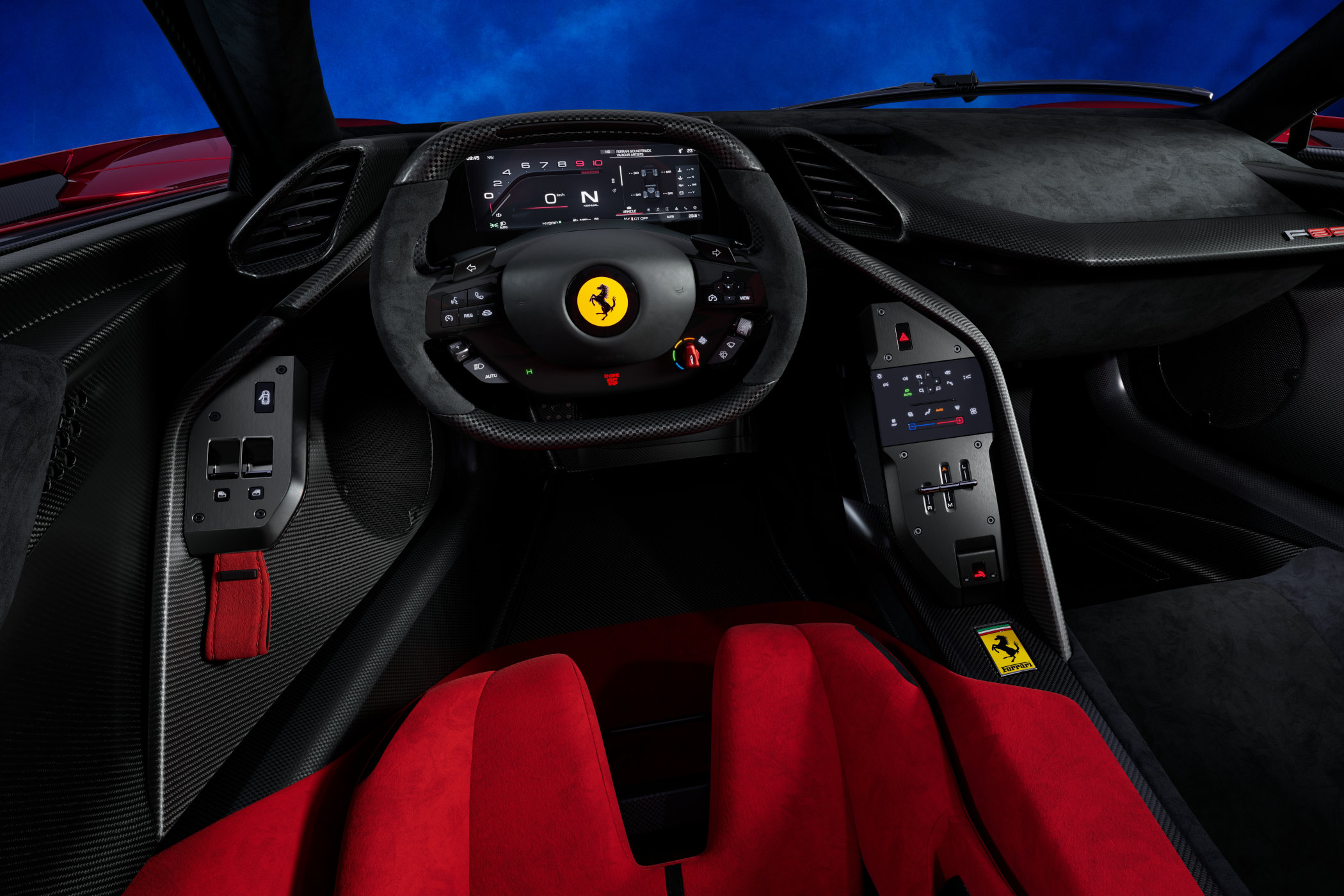
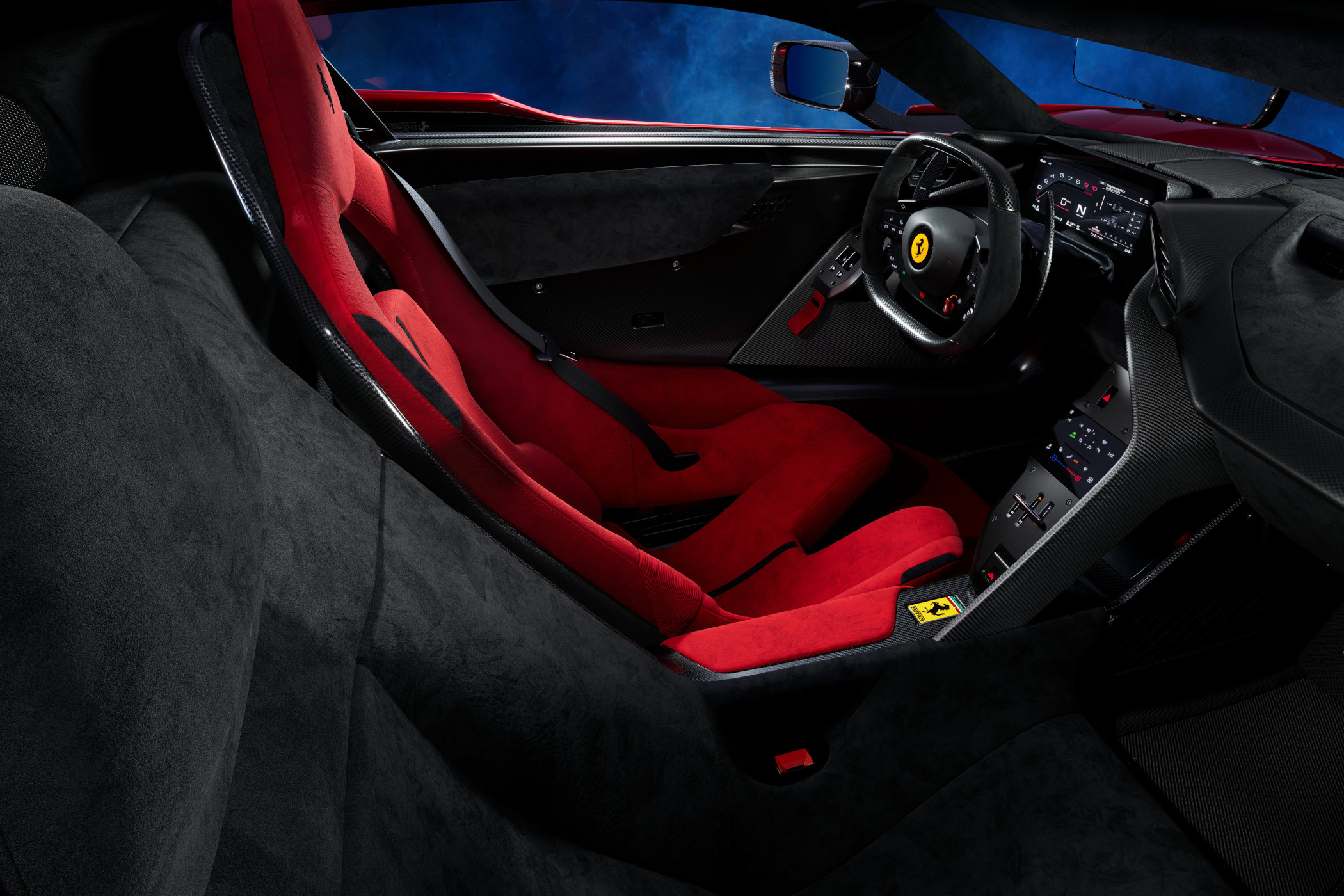
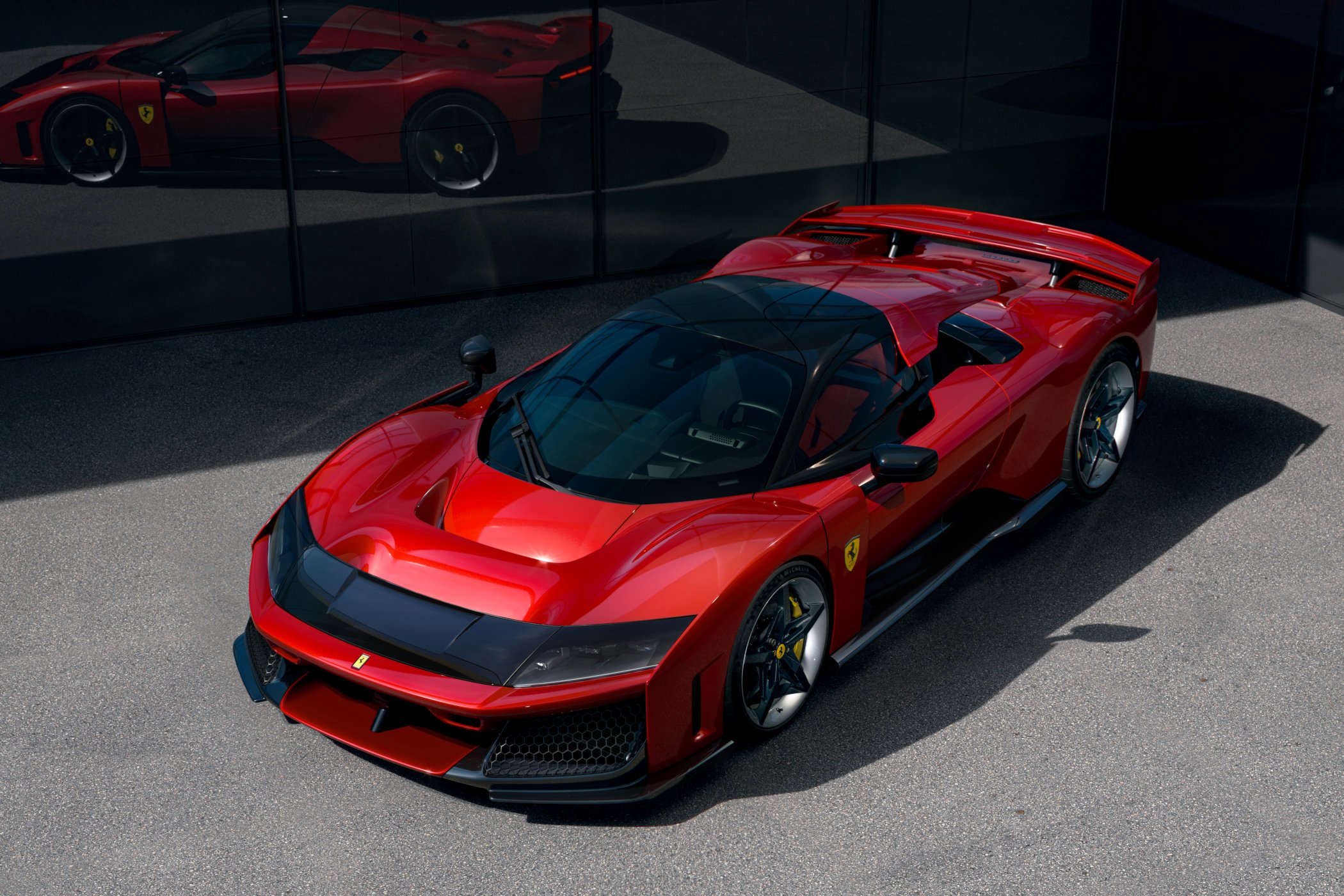



2 responses
Halo cars serve a purpose but I’d give the kudos to porsche for the work they did pn the new gt3 touring, still out of reach for most people but the ultimate driving machine.
I remember when Ferrari made beautiful cars.